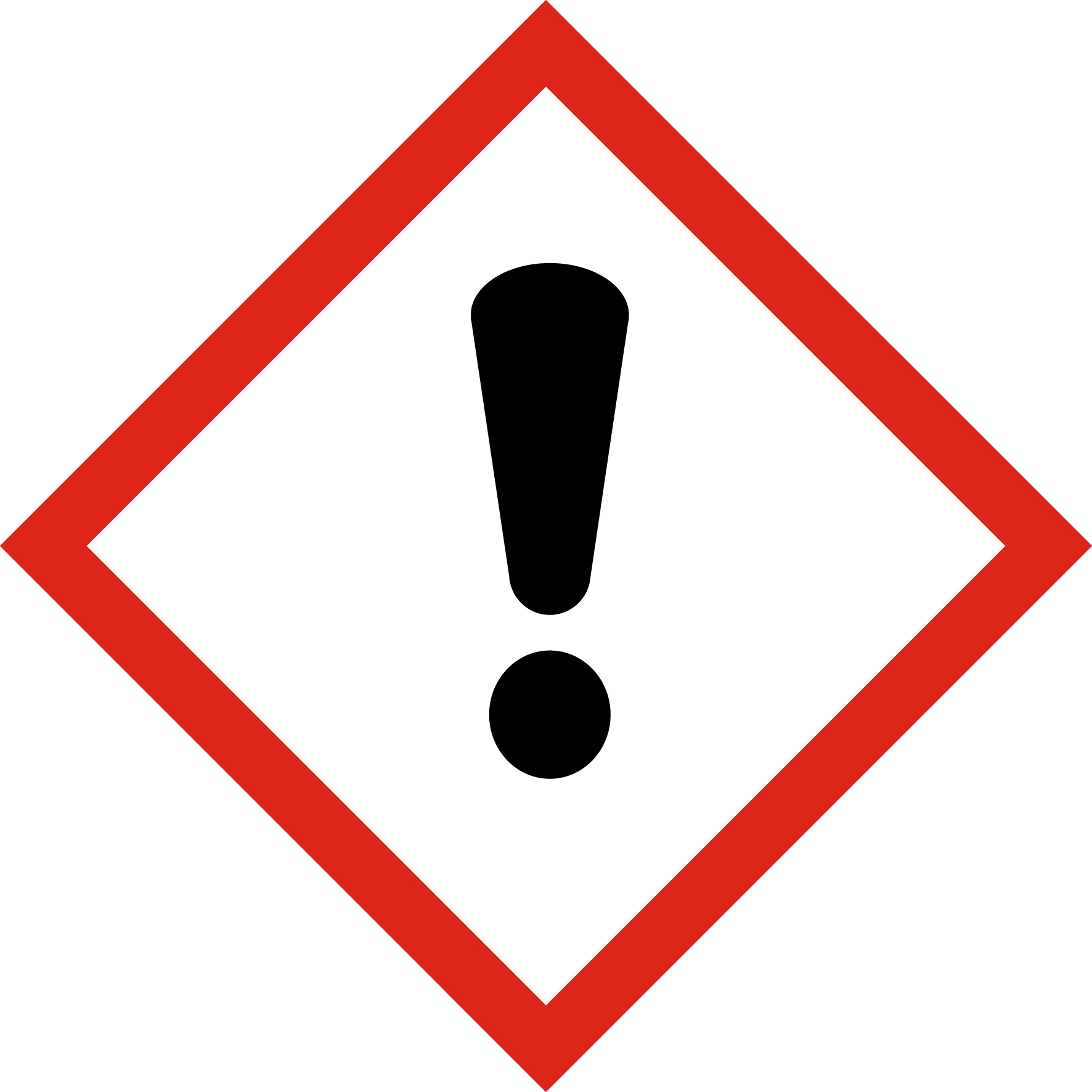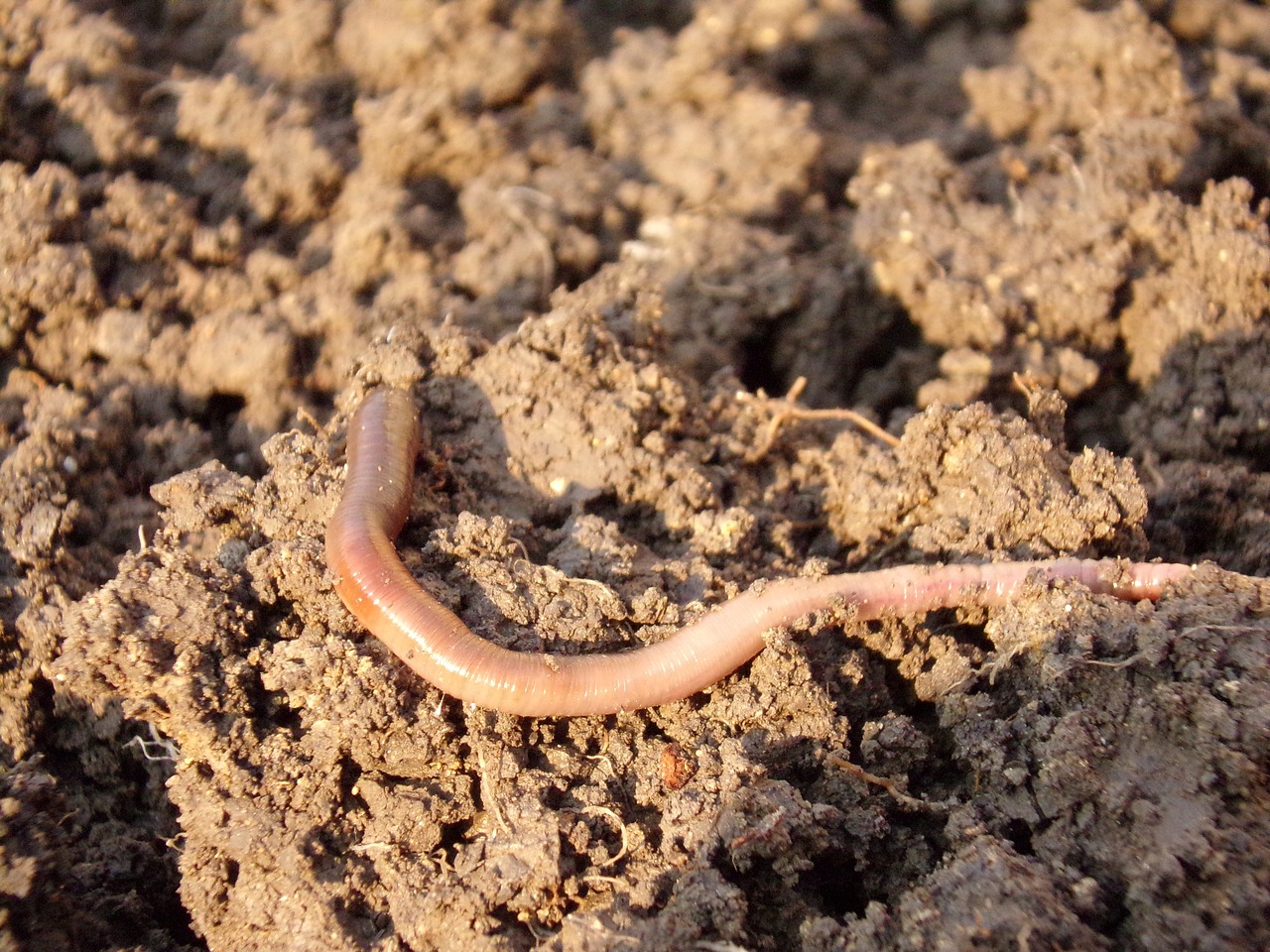
ANSES : Opinion concerning the application of European regulations on classification, labelling and packaging of substances and plant protection products
26 May 2015
EFSA Pesticides and bees : call for data
2 June 2015Further to the publication of the new EFSA guidance document (EFSA Journal 2015;13(4):4093), Lynxee consulting focuses on the new tiered approach for the exposure assessment of soil organisms to pesticides. Five tiers are defined with a same protection goal, i.e. the 90th percentile concentration within the area of intended use of a PPP. Both concentrations in total soil and in pore water are estimated over various depths and time windows. The assessments are based on average/mean active substance properties (e.g. half-live, Kom).
In first tiers (Tiers 1, 2B and 2C), PECs are calculated with the new software tool PERSAM (to be downloaded from European Commission Joint Research Centre (JRC) Website). In Tier 2A and higher tiers, PECs are calculated with updated versions of PEARL and PELMO. Crop interception and subsequent dissipation at the crop canopy may be included in higher tiers of the exposure assessment. In addition, an easy-to-use table has been developed for the estimation of the fraction of the dose reaching the soil (Appendix K of the guidance).
The recommended methodology does not consider dissipation processes such as leaching and plant uptake. This procedure works well for parent compound and most of the soil metabolites. However, the scenario selection procedure that forms the basis of Tiers 2A, 3A and 3B is not completely appropriate for certain metabolites (i.e. metabolites that do leach significantly from the top 20 cm of soil and metabolites that do not accumulate over the years). Despite this, it is advised to use the exposure assessment scheme for all soil metabolites until a commonly agreed alternative becomes available.
Note that this EFSA guidance covers only spray applications to annual crops under conventional and reduced tillage and also, with specific adaptations, granular products and row treatments. For permanent crops, crops grown on ridges and no-tillage systems, until new guidance is available, current methods still apply.


